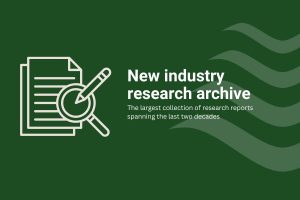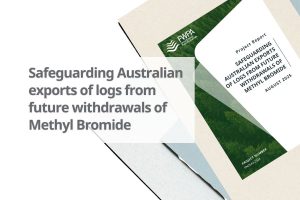Human consumption of bacterially contaminated water causes millions of deaths each year throughout the world—primarily among children. A new innovation which uses paper to purify drinking water could help reduce the risk.
Theresa Dankovich, from the Carnegie Mellon University, has discovered and developed an inexpensive, simple and easily transportable nanotechnology-based method to purify drinking water. She calls it The Drinkable BookTM, and each page is impregnated with bacteria-killing metal nanoparticles.
Although silver and similar metals have been known for centuries to have the ability to kill bacteria, no one had put them into paper to purify drinking water. She found that sheets of thick filter paper embedded with silver nanoparticles could do just that, eliminating a wide variety of microorganisms, including bacteria and some viruses.
Dankovich completed field tests in South Africa, northern Ghana, Haiti and Kenya. Even in contaminated water with raw sewage, using the paper achieved 99.9% water purity.
Click here for source (American Chemical Society)
Photo: Ali Wilson



